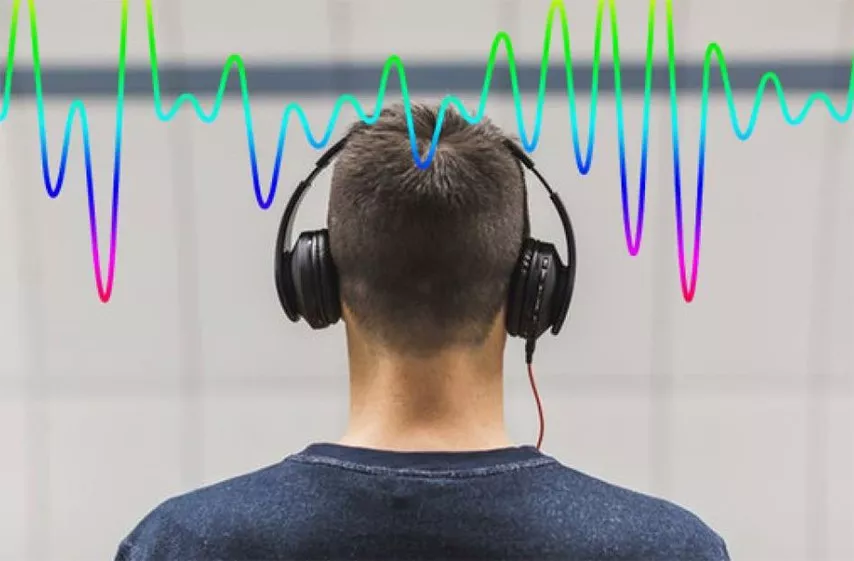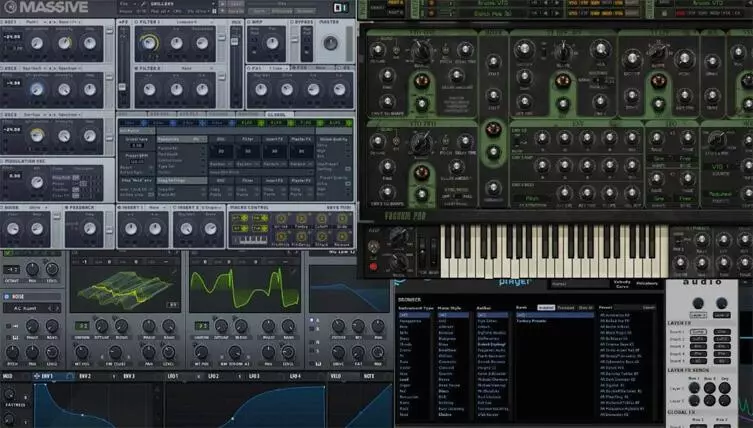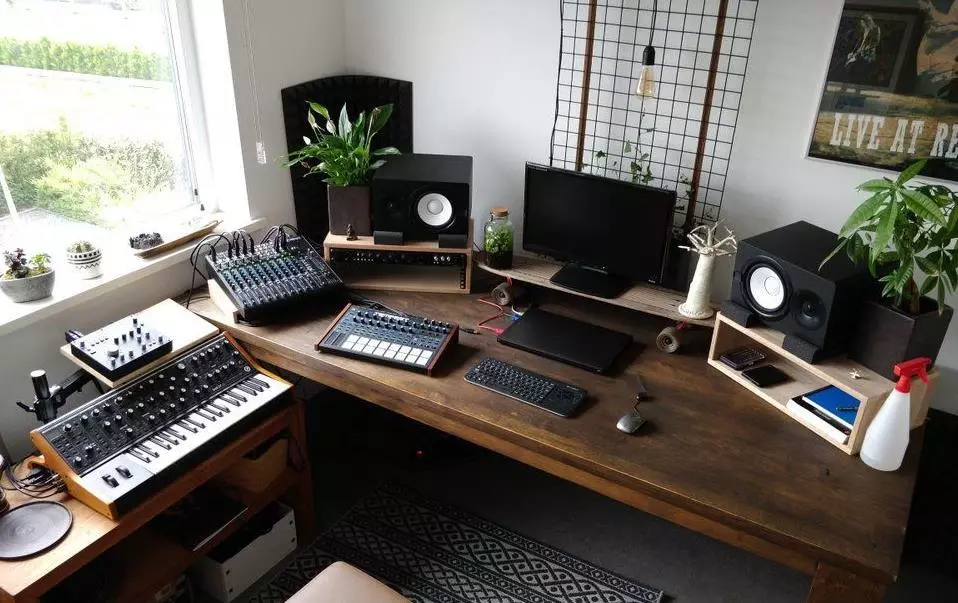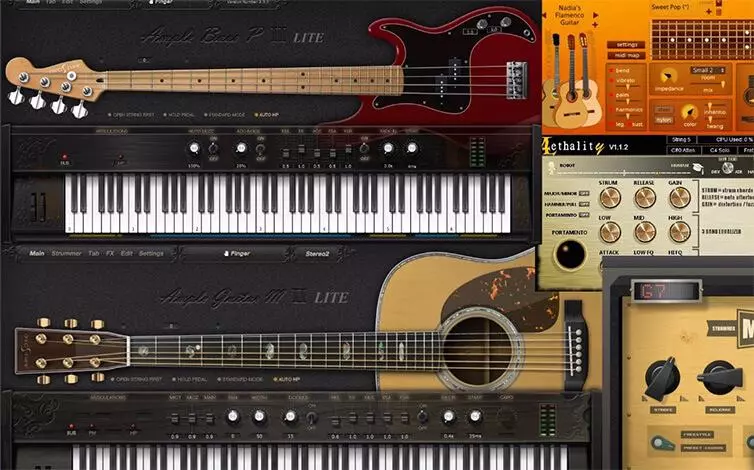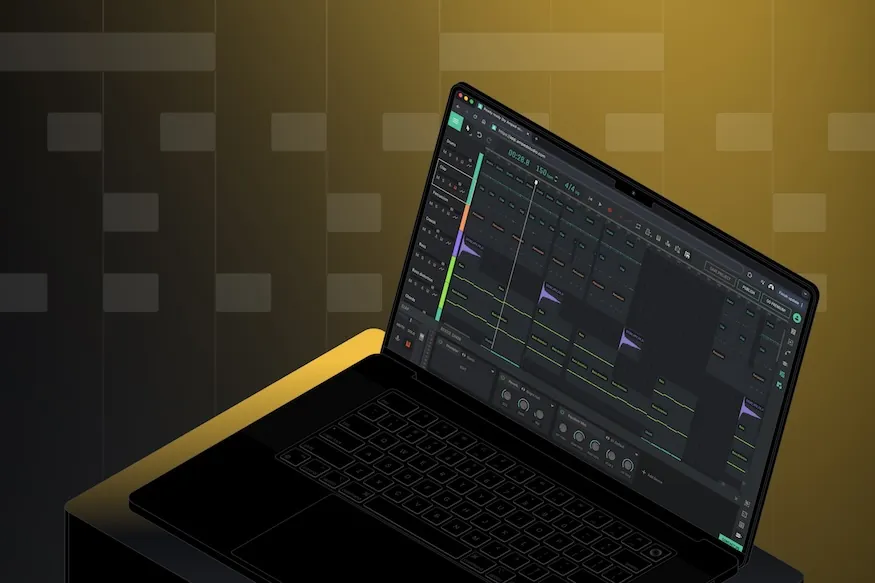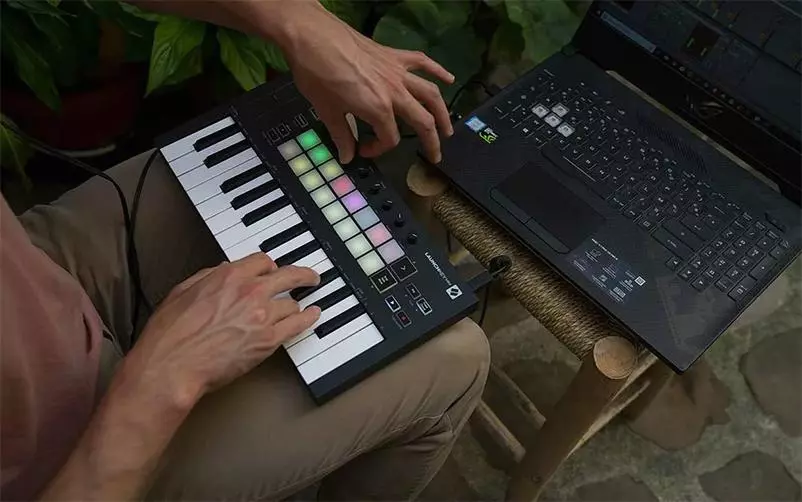Panning in music

Panning your music is one of the best ways to take your music listening experience from enjoyable to exciting. Spreading your music across the entire stereo spectrum is not only beneficial for the listener, but also creates much-needed space in the mix, allowing your tracks to shine the way you intended.
Generally speaking, panning in music means taking a stereo or mono track and spreading it across the left and right channels of the stereo field. You can control the position of the track in the stereo image using the audio pan or the panning slider.
Audio panning allows producers and musicians to create a broader audio experience, which also opens up mixing and sonic possibilities at different panning positions. Most studio tracks today use some form of stereo panning, but you can also find examples of panning in older music, as discussed below.
How does a person hear?
A person receives information about the sounds of the surrounding world with the help of his ears. Next, the received information enters the brain. There it is processed and converted into a finished sound picture.
In this case, the brain places sounds in the space around a person. That is, it creates a three-dimensional panorama of the surrounding world.
The brain receives information from each ear separately, and then the received data is added up. This gives an interesting effect. If you sit in front of two speakers at an equal distance from each of them, you will have the feeling that the sound is not generated from the left and right, but directly in front of your face.
The human brain assumes that low-pitched sounds are located on the left in space, and high-pitched sounds on the right. If you look at a piano keyboard, you will see that the low notes are on the left side and the high notes are on the right. The frequencies on the equalizer are shown exactly the same: on the left – bass, on the right – high.
How it was before
Music panning has existed long before the era of recording. In orchestras, musicians have always had a fixed place. The drums are usually placed in the center, slightly behind the lead instruments. While the strings and winds are grouped on the left and right. The lead vocalist or instrument is most often located at the center of the stage.
In the last century, limited technical capabilities prevented the recording of many individual tracks. Instead, all the performers played together, positioning themselves at different distances from the microphone to create the effect of depth. This is how legendary recordings by musicians such as Miles Davis and Howlin’ Wolf were created.
In modern studio practice, musicians may record many separate tracks for a single composition. The sound engineer then mixes them to create the final music track.
Organization of tool space in audio panning
First of all, in order to effectively solve your problems, you must have a clear understanding of the sound picture of your track. To make this process easier, create a diagram with a visual representation of the location of each tool.
For example, for a rock track it will look a certain way.

Use this diagram as a guide as you work. Place the instruments accordingly and then listen to the finished mix. Make adjustments as necessary.
The final mix is a combination of your sense of style, audio perception and professional skills. Each mix requires a unique approach. Adjust the panorama width depending on your creative vision.
Frequency balance in audio panning
When you are working on musical material, keep in mind that each musical instrument has its own unique frequency range:
- the lower register is represented by the bass and drum;
- mid range includes vocals, toms, rhythm guitars, keyboards, strings and woodwinds;
- the upper register is formed by percussion, vocal parts and leading instruments.
To maintain the purity and intelligibility of the sound of each instrument in the composition, distribute them correctly in space. For example, if you center rhythmic guitars, horns, and keys, their sounds can blend together, making them difficult to hear.
Music Panning tools from the Audience’s Perspective
When sound panning through the listener’s eyes, the goal is to recreate the atmosphere of a live concert. In this case, the spatial placement of instruments is constructed as if the audience were standing in front of a virtual stage.
Panning Instruments from a Musician’s Perspective
The goal of panning in music from the artist’s perspective is to immerse the listener in the atmosphere of the live performance.
This placement is organized so that the listener feels like he is on the same stage with the performers.
Tips for Effective Panning in the Mix
Panning is as much an art as it is a science. There are no hard and fast rules, as many famous compositions confirm.
However, there are time-tested techniques. Apply them at the initial stage:
- In the middle of the mix there is usually a bass, kick and snare. They form the rhythm and drive of the composition. Splitting them between channels can rob the track of volume and dynamics;
- The main vocals and key instruments also take center stage. They carry the main message of the composition;
- Balance the frequencies. Excessive highs sound harsh, while too much low makes the mix sound dull and washed out;
- Don’t try to separate all the instruments 100% by panorama. A stereo field that is too wide can take away the integrity of your track;
- Avoid imbalance between left and right channels. The flow of energy must be uniform;
- Use modern technology. Today’s VST plugins can make things a lot easier;
- Trust your gut instinct. Don’t be afraid to experiment and deviate from the standards. Sometimes it’s the “wrongness” that makes a track unique.




